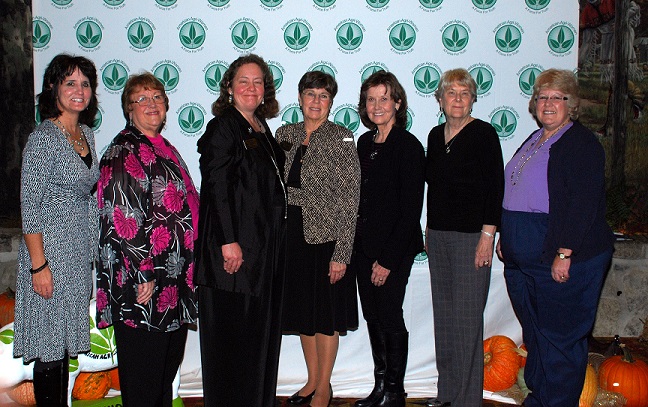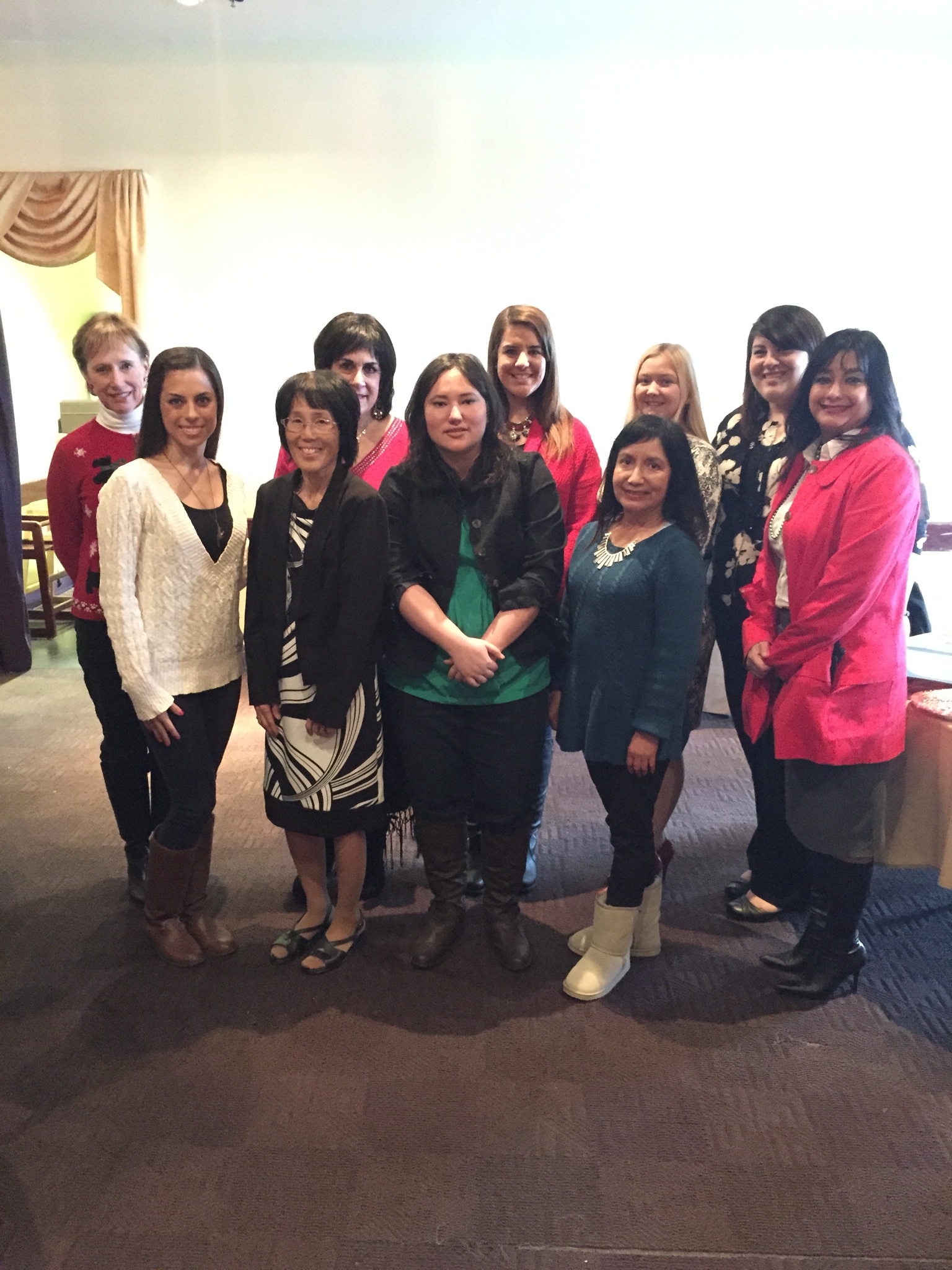Almond Board of California Announces 2015 Election
Almond Board of California announced January 20, 2015 as the deadline for filing nomination petitions for two independent grower member positions and two independent grower alternate positions on its Board of Directors.
Each candidate must be a grower and must submit a petition signed by at least 15 independent growers of almonds (verified by Almond Board) in order to be considered for the position. The petition must state the position for which the candidate is nominated and must be filed with Almond Board of California, 1150 9th Street, Suite 1500, Modesto, California 95354.
Additionally, two independent handler member positions and two independent handler alternate positions are available. Handlers must declare their candidacy, in writing, to Almond Board no later than January 20, 2015in order for their name to be placed on the ballot.
A cooperative grower member and alternate nominee will be selected through their cooperative association.
For further information call: Sue Olson – Associate Director, Marketing Order Services, (209) 343-3224.
Go to




















